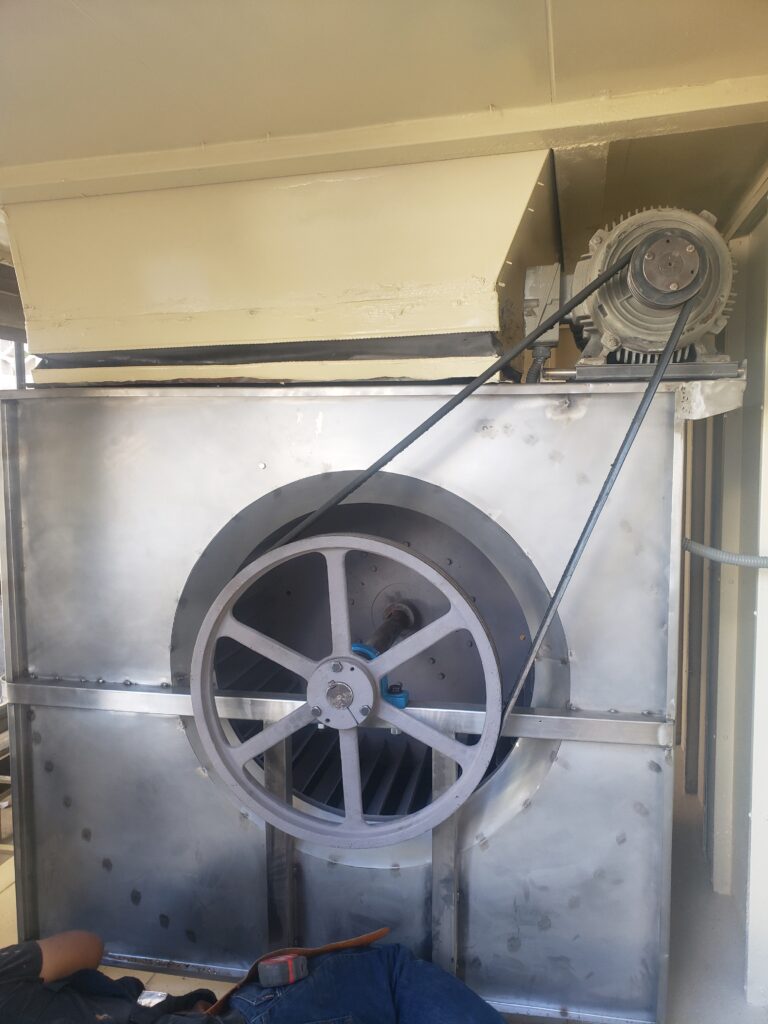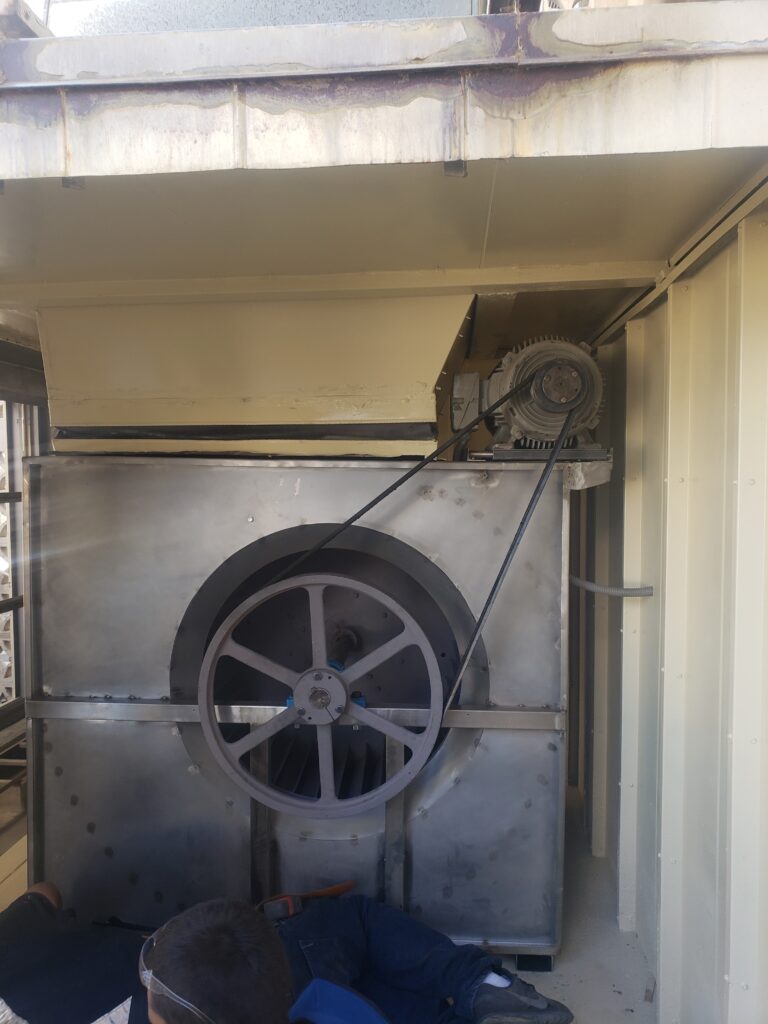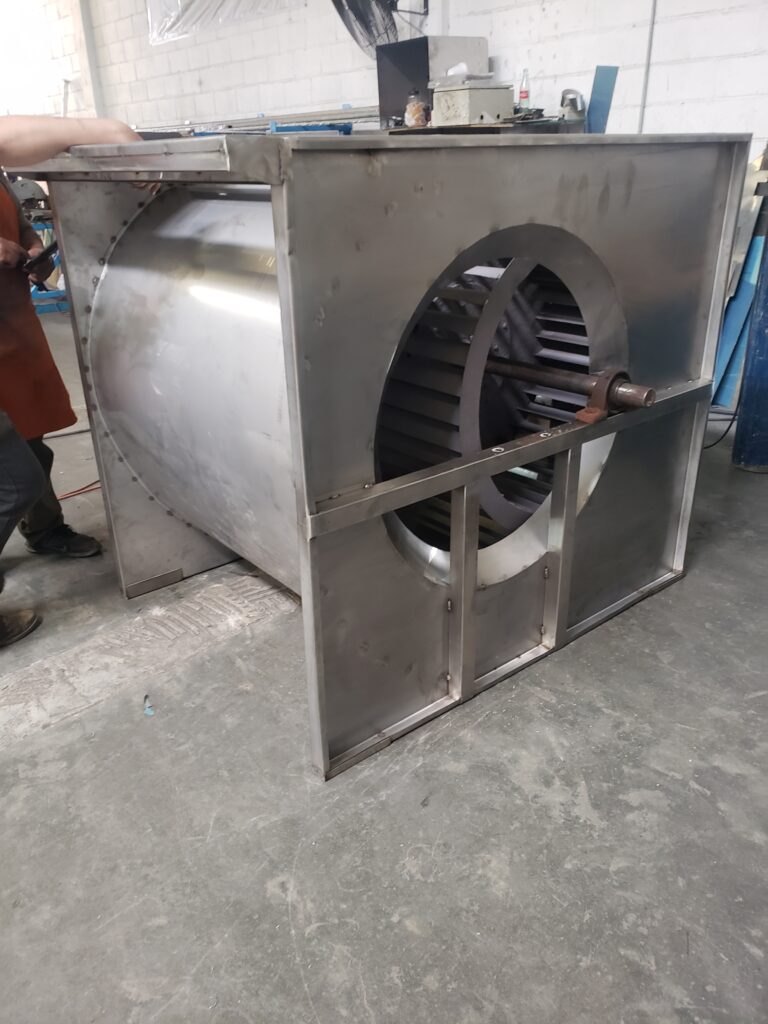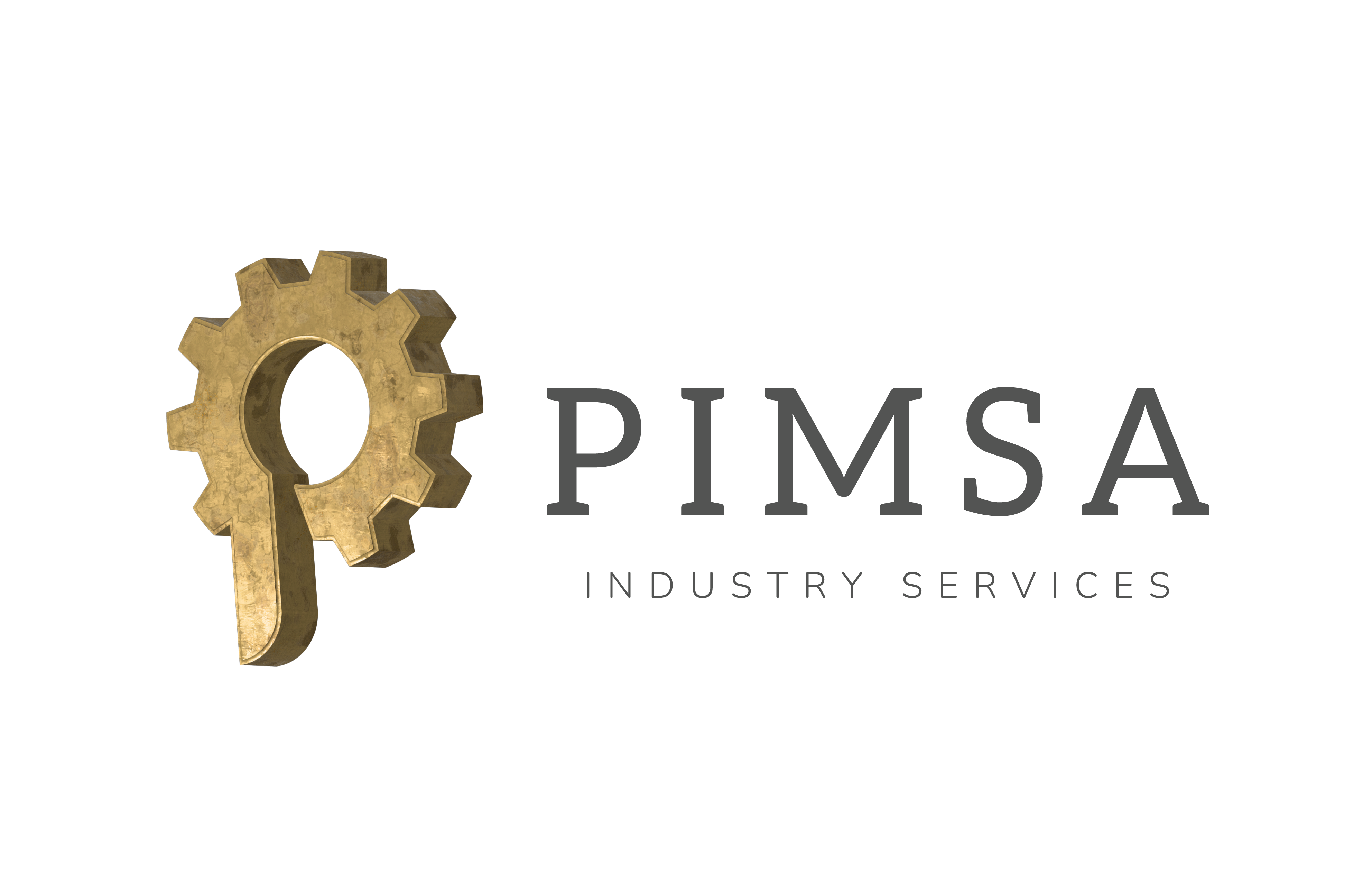PIMSACORP
Corrective Maintenance
Corrective maintenance in industry is important for several key reasons:
Operational Restoration: The primary objective of corrective maintenance is to restore the functionality of a machine or system after a failure. This is crucial to minimize downtime and avoid prolonged production interruptions.
Cost Minimization: While preventive maintenance is ideal for preventing failures, corrective action is needed when unexpected problems occur. Addressing these failures quickly can prevent major damage that could result in much more costly repairs or the need to replace entire equipment.
Safety: In many cases, a defective machine or system can pose a danger to workers. Corrective maintenance ensures that these problems are addressed immediately, reducing the risk of work accidents.
Resource Optimization: In some industries, not all machines require frequent preventive maintenance. Corrective maintenance allows resources to be concentrated in the most critical areas, optimizing operational efficiency and costs.
Regulatory Compliance: Some industries are regulated by standards that require equipment to be in optimal operating condition. Corrective maintenance ensures that any issues that could put compliance at risk are quickly addressed.
Preservation of Product Quality: A failure in a machine can affect the quality of the final product. Corrective maintenance ensures that any anomaly is corrected quickly, maintaining quality and avoiding defective products.
In short, corrective maintenance is essential to ensure operational continuity, safety, efficiency and quality in any industrial environment.
Equipment affecting the operation
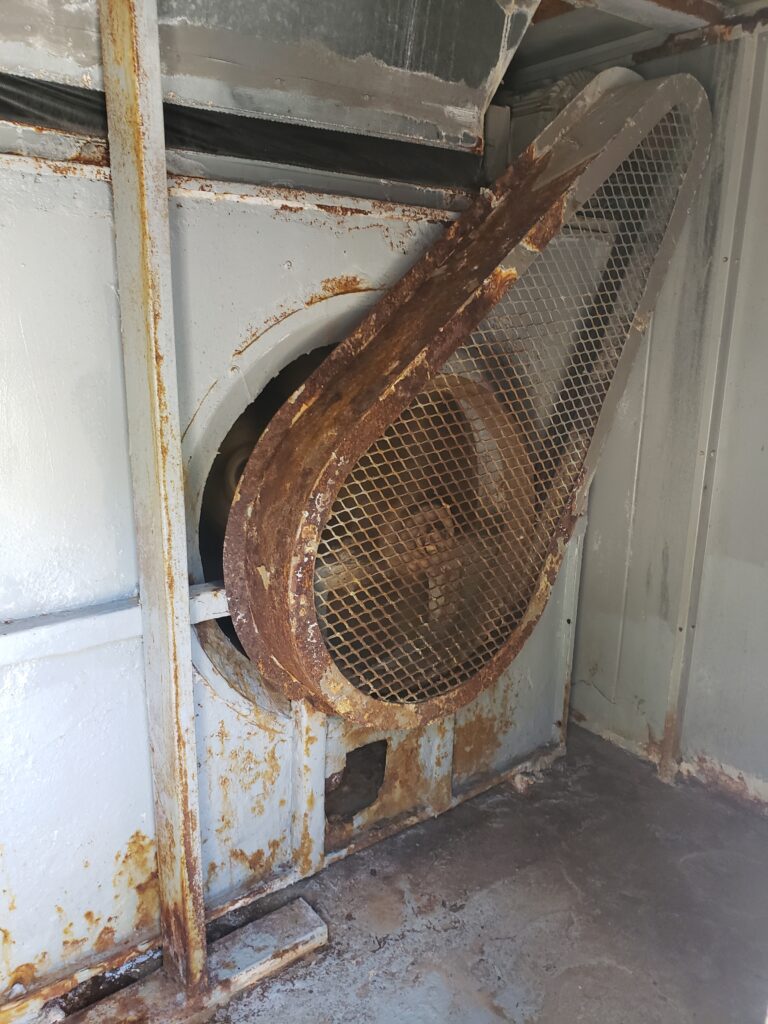
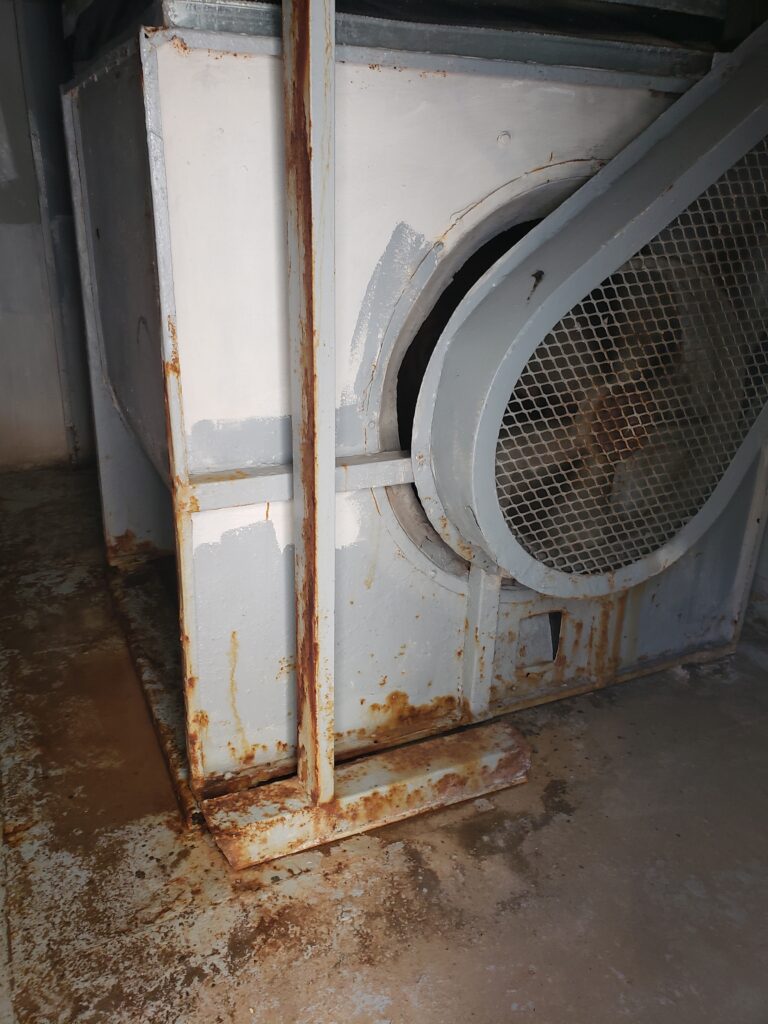
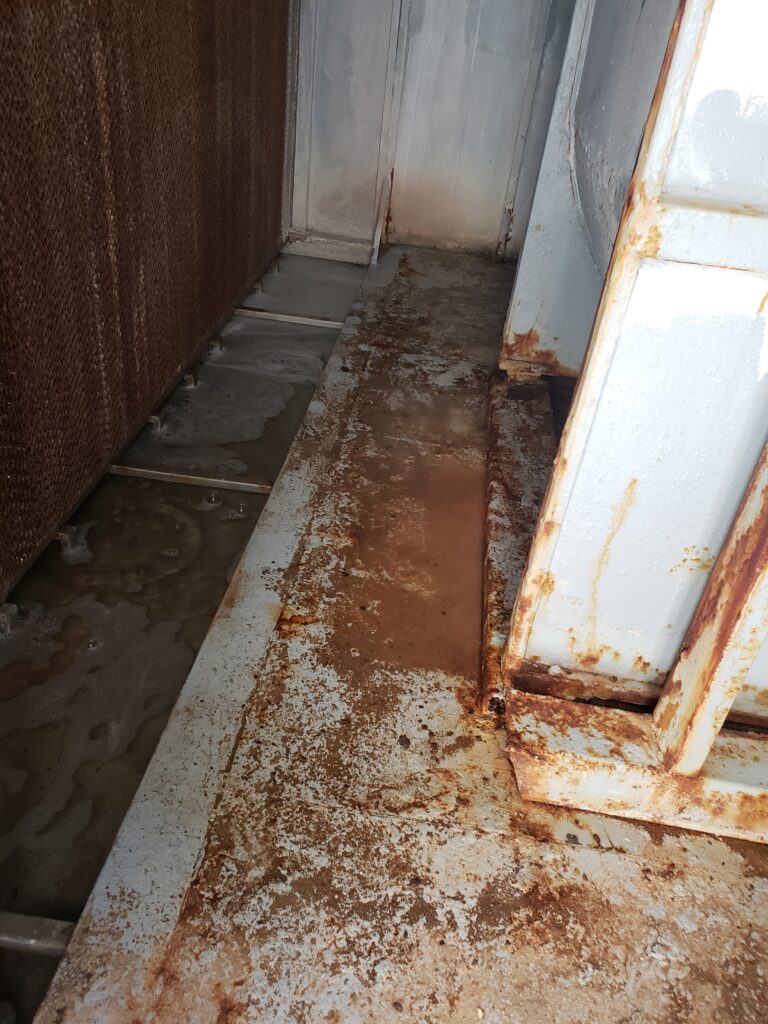
Equipment after corrective maintenance
